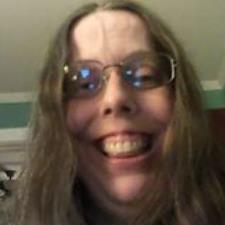
Mary Ann S. answered • 07/06/22
Ph.D. Educational Measurement, Doctoral Minor in Statistics.
You are being asked to prove that covariance and correlation are invariant to a linear transformation.
Make use of the mathematical definitions of covariance, variance, correlation.and the rules of mathematical expectation (Have you guys derived these rules yet, or should I guide you to proofs of them?)
definitions, where A and B are continuous random variables
cov = E[(A - E(A)) * (B - E(B)]
var = E(A - E(B))^2, which reduces to E(A^2) - E(B)^2
correlation = cov/(sqrt(var(A) * sqrt(var(B))
rules of mathematical expectation:
- The expectation of a constant is that constant, E(k) = k
- The expectation of a sum is the sum of the expectations. E(A + B) = E(A) + E(B)
- The expectation of a product is the product of the expectations. E(A * B) = E(A) * E(B)
You can use basic algebra, the appropriate mathematical definition, and the rules of expectation to solve each of the steps a, b, c, and d in the problem.
Best of luck! Please check back in if you run into difficulties.




